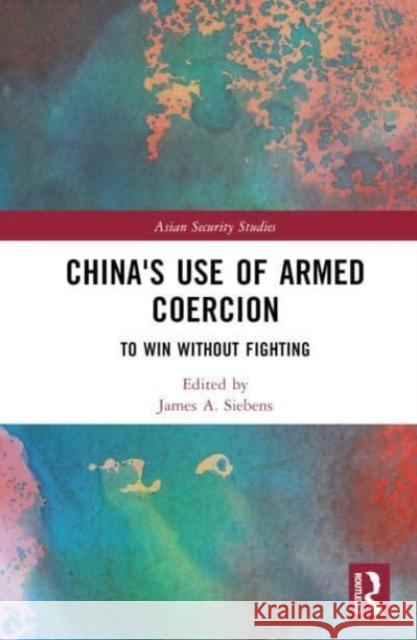China's Use of Armed Coercion » książka
topmenu
China's Use of Armed Coercion
ISBN-13: 9781032481838 / Twarda / 2023 / 288 str.
China's Use of Armed Coercion
ISBN-13: 9781032481838 / Twarda / 2023 / 288 str.
cena 704,38
(netto: 670,84 VAT: 5%)
Najniższa cena z 30 dni: 680,04
(netto: 670,84 VAT: 5%)
Najniższa cena z 30 dni: 680,04
Termin realizacji zamówienia:
ok. 22 dni roboczych
Dostawa w 2026 r.
ok. 22 dni roboczych
Dostawa w 2026 r.
Darmowa dostawa!
This book analyses when, how, why, and to what effect China has used its armed forces in recent decades to coerce other actors in the international system.











